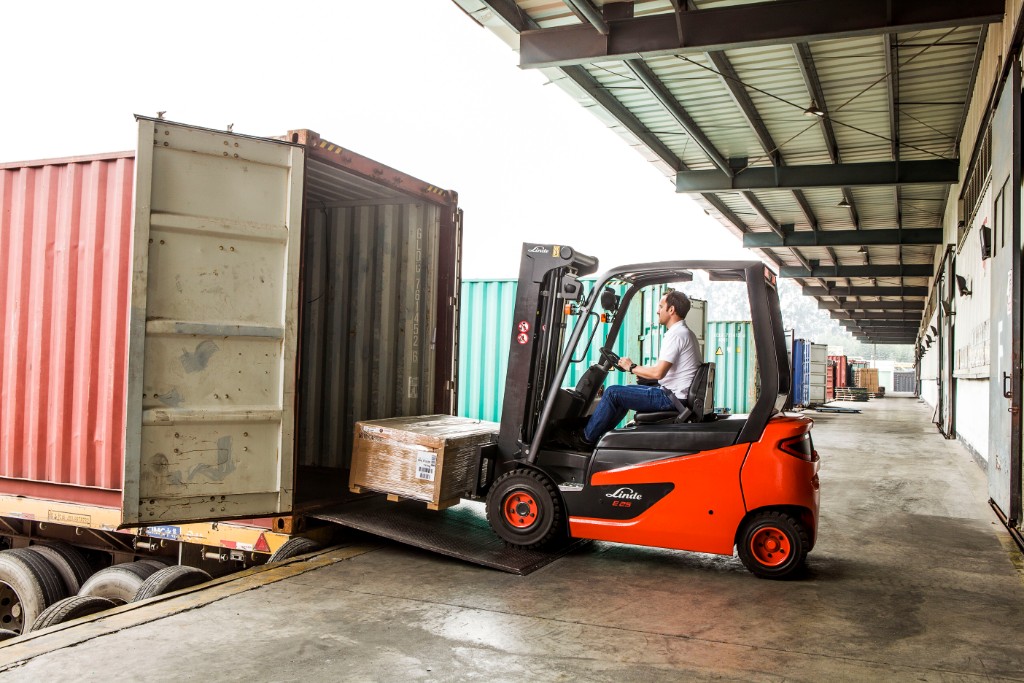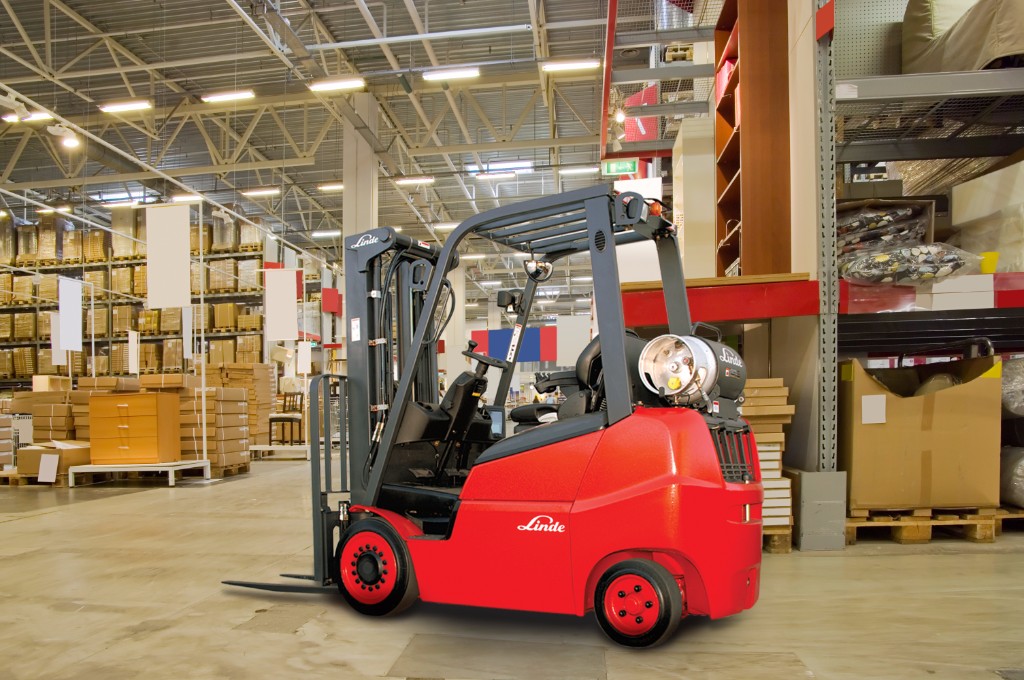In any warehouse you enter, you are likely to find wooden or plastic pallets that are used to store goods and materials. Pallets help warehouses make ample use of space and therefore become more efficient. While pallets are incredibly helpful to the warehouse, they can also be dangerous. If pallets are stacked or loaded improperly, they may become unbalanced and fall, leading to possible injury or even death. That is why it is extremely important for warehouse employees to know the proper methods for stacking pallets.
Before loading any materials onto a pallet, everything must be thoroughly inspected. The pallet itself needs to be in good condition, free of any damage, rotting, or other structural issues. Even if the pallet only seems to have a small issue, handling materials will take a toll on the pallet, worsening its condition and creating the potential for a dangerous incident to occur. Employees must also inspect the material to be loaded on the pallet, making sure it will fit and does not exceed the pallet’s weight limit. And of course, any equipment used to handle the pallet, such as a forklift, needs to be in safe working condition.
After inspecting the pallet, goods, and equipment, it is time to start loading. Balance is extremely important when it comes to the security of a stacked pallet, so make sure the weight of goods is evenly distributed. Materials should be stacked according to a uniform shape and size, which will make the stacks fairly even and level. Typically, the materials should be stacked in a square shape in order to make full use of the pallet. If the goods do not allow for a square shape, try to centralize the weight of the materials on the pallet to ensure stability.
It’s also important not to stack goods too high. The higher a stack goes, the more likely it is to topple and damage goods or injure people. The stack also needs to be short enough for the load to fit on the pallet rack. Overloading a pallet, whether by stacking too high or exceeding the pallet’s weight limit, is a recipe for disaster.
Once the materials have been loaded, they need to be secured. This is commonly done by securing the load with straps followed by stretch wrapping the entirety of the product in plastic.
Empty pallets often need to be stacked for storage between handling. Empty pallets need to be properly stored in order to keep clutter from accumulating in the warehouse and to avoid any accidents or injuries. The first important rule of stacking empty pallets is to always stack horizontally. While it may seem convenient to stick a few pallets vertically or on their side between piles of horizontal stacks, this can be extremely dangerous. When employees begin pulling those pallets, they risk the pallets stocked the opposite way catching and coming down too, which could cause serious injury.
Stacked pallets need to be loaded in an even, uniform manner. Pallets need to be stacked together according to size and weight, and never stacked crookedly. Not doing so can lead to danger when pulling pallets from storage. And similar to stacked goods, empty pallets stacked too high on one another risk toppling over.
Different stacking methods apply to different kinds of materials, but these general rules are an important basis for understanding safe pallet stacking methods. Make sure your warehouse employees are trained in the proper stacking methods, so that your warehouse can remain safe and incident-free.



